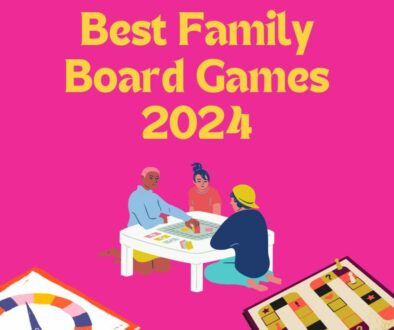The 7 Best Musical Instruments to Learn On Your Own
Music is food for soul. Through the ages, it has been used to express emotions that words on their cannot do sufficient justice. When you are on a long drive, getting bored on a subway, strenuously working out, jogging, or having dinner with friends, music brightens up everyday life.
Even when you are sad to the core and want to cry your heart out, playing your favourite song does make things a little better.

Similarly, playing a musical instrument is infinitely rewarding. It allows you to express yourself and manage stress, enables you to express your buried emotions, boosts creativity and teaches you discipline and coordination. Whether you are young or old, there is no age limit to learn to play an instrument.
Whether you’re a complete newbie or revisiting an instrument after a life-time of different pursuits, thanks to the internet, it has become really easy to learn an instrument at your own pace and in your own time.
There are an infinite range of musical instruments that you can learn to play online, however some of them lend themselves more readily to self-teaching. Here in this post, we list some of the best instruments to get started with learning online, including some handy tips and recommended Youtube channels.
Bass Guitar
Bass guitar is typically one of the best ways to get started ‘musically’ for newbies. It happens to be a fundamental musical instrument that is easily available and affordable. Kids who adore famous pop singers and rock stars and want to follow the same path can begin their melodic journey with an electric bass guitar.
Begin your melodic journey with an electric bass guitar. Share on XThe instrument is quite similar to its counterpart, the acoustic guitar. The only difference is the number of strings, instead of six strings in a usual guitar, a bass guitar starts with four strings. It becomes much easier for a beginner to start with. However, it requires just as much practice. Nowadays, bass guitarists are quite in demand particularly in live concerts. Moreover, you may not be aware of it but is one of the foundational musical tools that gives a song its depth. The instrument produces bass sounds and rhythms and is ideal for younger players who are just starting to get the hang of it. Songs are easy to find and even if you can’t read the relevant music notations, online tutorials will help you out.
Here is a YouTube tutorial that introduces kids to playing the bass guitar. The lesson includes how to properly hold the instrument, tune it, and play notes on the fretboard.
Ukulele
Small, dainty, and portable, the Ukulele is the perfect instrument to get started with. It is like a mini-guitar that features four nylon strings that are easier to press and play as compared to steel or nickel strings, and its small size makes it ideal for young musicians. You can learn to play a few chords in a short period of time, and even familiarize yourself to a handful of songs. Do you know the best part? It is very soothing to the ears.

Unlike guitars and drums that may end up giving you a throbbing headache if played too loudly, you can practice playing the pleasant-sounding ukulele all day long without disturbing the peace of the entire neighborhood.
Small, dainty, and portable, Ukulele is the perfect instrument to explore DIY music. Share on XWe particularly like and enjoy Cynthia Lin’s style of teaching the ukulele on her YouTube channel, in which she gets you playing some pretty amazing tunes from the very beginning.
Do subscribe to her channel and follow her lessons.
Harmonica
The harmonica is usually overlooked by beginners simply as a musical accessory to play around with. You will be surprised to know that professional musicians take this pocket-sized instrument quite seriously. And why not? It creates a soulful melody that touches your heart. It is widely used in various musical genres including blues, American folk music, classical music, jazz, country, and rock and roll.
For beginners, the harmonica is one of the best instruments to get started with. It is small enough to fit in your pocket and it is easy to learn and play. To play it, you have to adjust your lips and tongue in to the correct position and blow air into it. By altering your mouth’s position and embouchure, it is possible to play at different pitches.
Here is a step by step guide on how to start playing a harmonica.
Recorder
The recorder is one of the simplest woodwind instruments often being introduced before one with a more complex mouthpiece like a flute or clarinet. It is inexpensive, pocket-size, easy to use and doesn’t require extreme coordination of mouth and hand.
While it is often overlooked as being a ‘too simple’ instrument and with it’s reputation for being a beginner instrument almost universally in schools, the recorder actually does have some pretty amazing music written specifically for it.
It is an instrument with an exceptionally long history, therefore unsurprisingly lends itself well to the range of baroque music written for it.
And even some modern music too.
If you or your child is interested in learning to play an instrument with a mouthpiece, the recorder is a great instrument to start with. With practise it is relatively straightforward to harmonize finger and tongue positions, and breathing to play a tune. After your child has spent some time playing a recorder, they can progress to other woodwinds.
Recorder is one of the simplest woodwind instruments to start with. Share on XCheck out the following YouTube video that teaches you exactly what you need to learn about playing a recorder. By the end of it, you can even play a whole song!
Piano
If you have been reading my blogs, you must be familiar with my long-lost love – the piano. Sadly, I wasn’t able to pursue it, but you can! Some of you might have even been forced to take weekly piano lessons and perform recitals in front of the whole family during the holiday season. In the end, you just wanted to run away and hide and were more than glad when the lessons were finished for once and all.
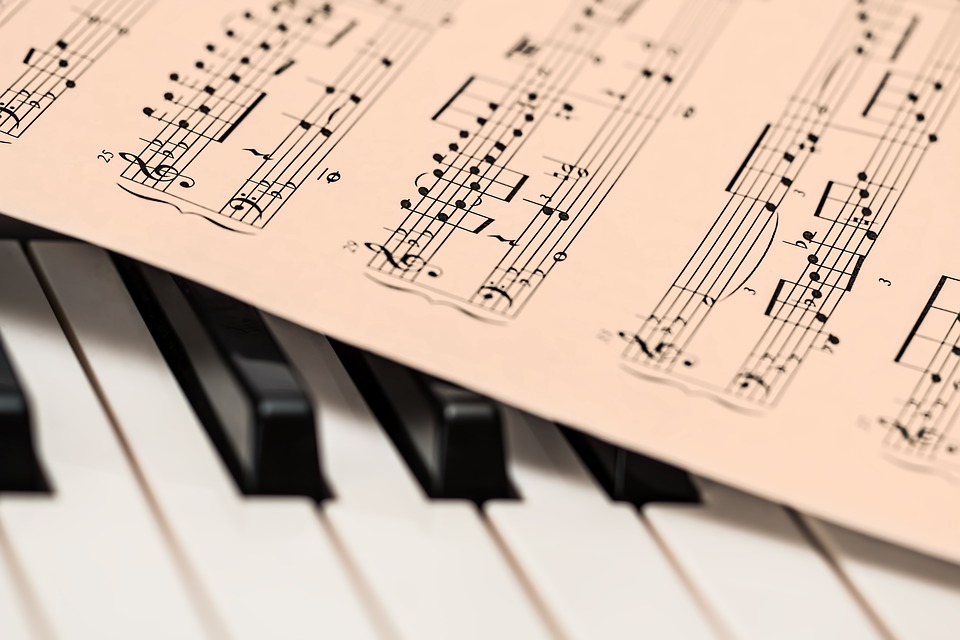
Piano is one of the key instruments that forms the basis of music. From dynamics and rhythmic beats to melodious tunes and harmony, you can perform all the elements on a keyboard. It seems complex, but it couldn’t be more comprehensible. All the notes are clear-cut. While it is necessary to learn two clefs simultaneously (the treble and bass) it really does add to the core understanding of music and it’s theoretical basis.
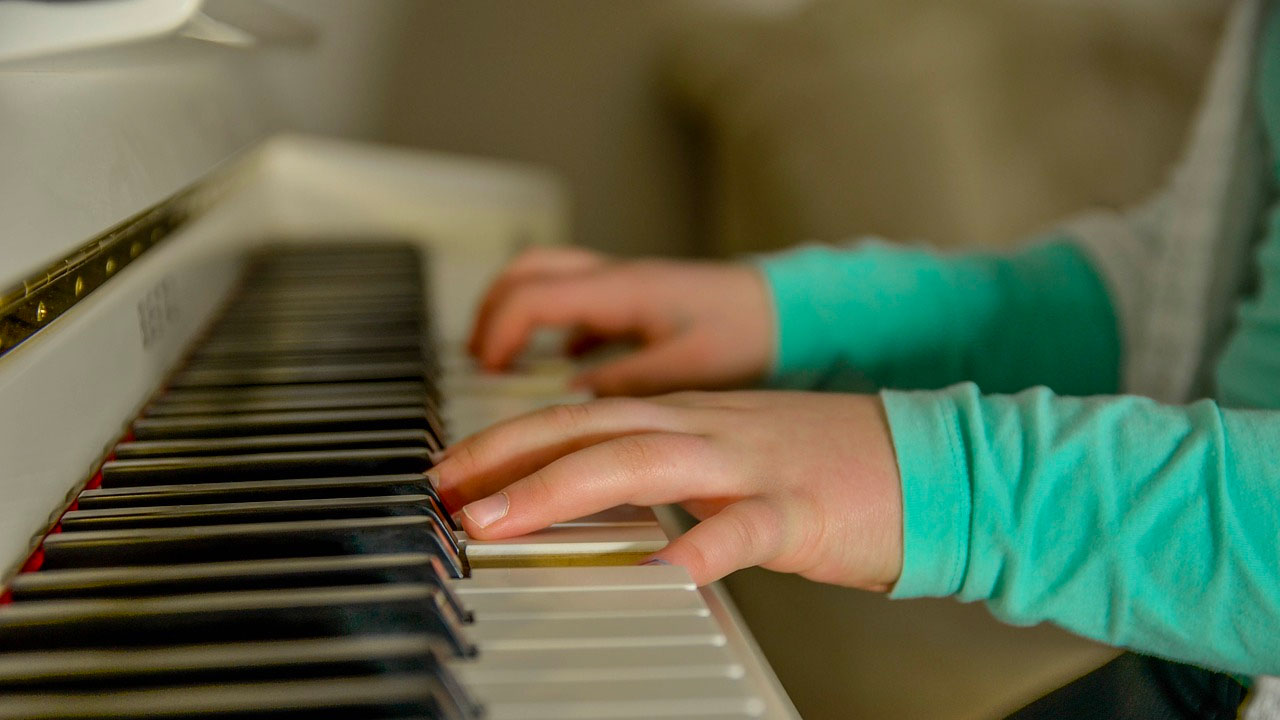
There is a free app for Apple users called Simply Piano that offers evaluation, musical workouts, tips and tricks, and a number of fun songs.
To learn from Youtube, here is an excellent video for beginners on the piano. He explains the structure of the keys and numerous good tips on how to practise and relax your fingers and by the end of it, you’ll even be able to play a song.
The piano is one of the key instruments that forms the basis of all good music. Share on XFiddle
While the violin is typically associated with classical music, whether solo, small chamber groups or larger orchestras, it is also typically considered a complex instrument that requires manual dexterity, excellent intonation, good hearing, and skilled coordination. Getting to ‘good’ on a violin typically takes years of lessons and practise building up both skills and abilities with a serious but understanding and encouraging teacher.
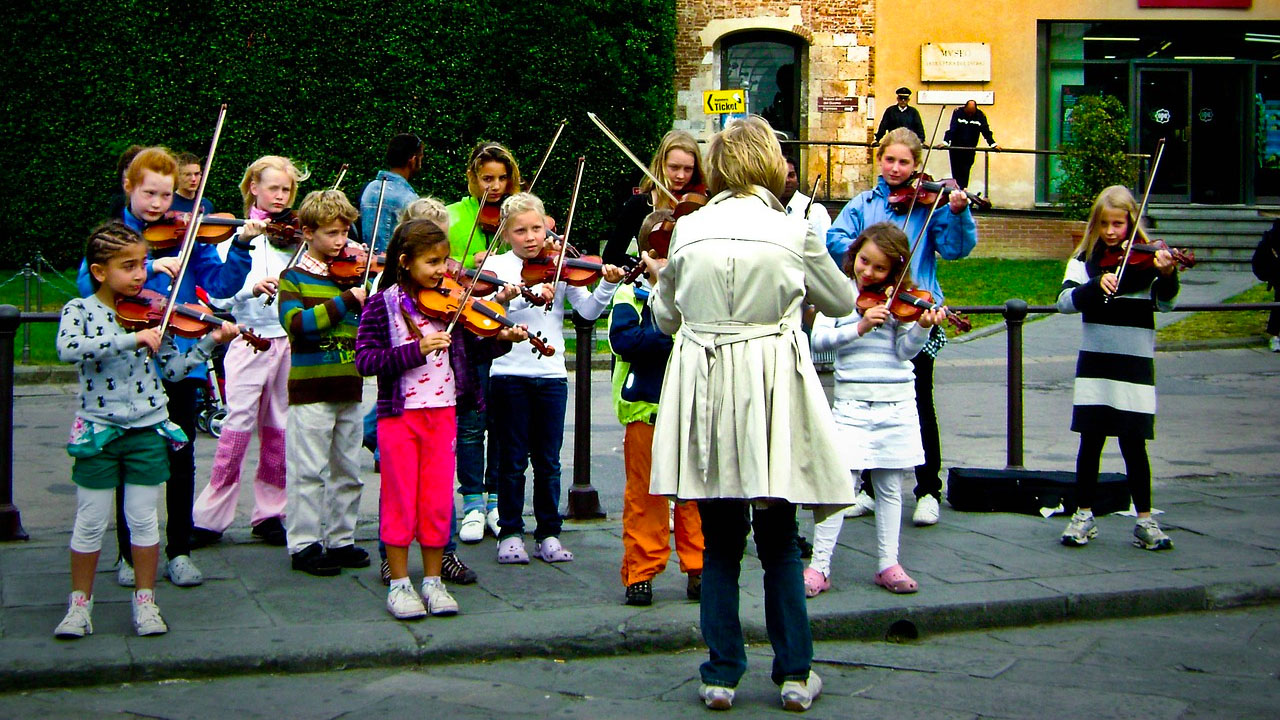
The fiddle on the other hand, the exact same instrument but played in a different style and with a different emphasis on the rhythmic beats and slides is a relatively easy and certainly more welcoming introduction to the small string instrument.
It is possible to start learning the fiddle before moving on to its more difficult version of classical violin, however it is important to note that there are significant differences in how they are played. Playing the fiddle, much like other instruments requires focus, concentration, discipline and practise. While it is possible for the fiddle to be performed solo, it is much more fun in a jam session along with other fiddles or other supporting and associated instruments the guitar, banjo. The fiddle is most often used in musical genres such as classic, Celtic, blues, jazz, country, metal, and folk music.
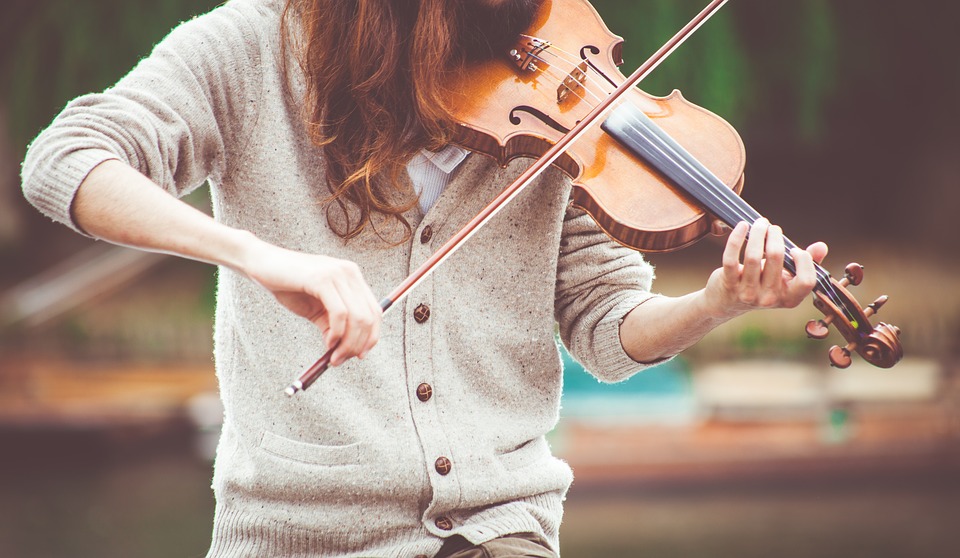
Here is a great video offering basic techniques and exercise.
If you’re a fan of Irish country music, then the fiddle is definitely the instrument to learn. Here is a great beginner channel to tune in to.
Drums
Drums have to be one of the most exciting musical instruments to play. Drums are the core rhythmic instruments from which all other instruments derive their tempo. However, like all instruments, it’s easy to get in to bad habits when you’re starting out, especially if you’re learning on your own. To be able to take time every now and then to reflect on your technique is important.
Every drummer dreams of a full-fledge drum kit complete with cymbals, snare and bass drums, drumsticks and even a stool. However for a modern home, the electronic drum kit is the better option, with the ability to play with headphones.
Beginning with simple beats and consistent drum rolls, it’s important to learn and then perfect the basic rudiments before moving on to more complex drumming patterns. It is also important to be able to practise with a metronome to ensure that your beats and timing are consistent.
The Dave Weckl Online School is a great place to start your drumming lessons.
All in all, learning a musical instrument, is much like learning a language, it takes persistence and continuous consistent practise. It also takes time and while we are often lulled in to a romantical notion of being able to simply pick up a musical instrument and start playing at a performers level, the reality is of course, there is a lot of practise and graft behind each of those performances.
Don’t be too disheartened if at first your music sounds basic and simple. Slowly, over time, with practise and more learning, you’ll soon be able to play tunes that you love.
RELATED: 6 Ways to Help Instil a Growth Mindset in Young Children
Watch and Share Our Video
Edited by Li-ling Ooi










